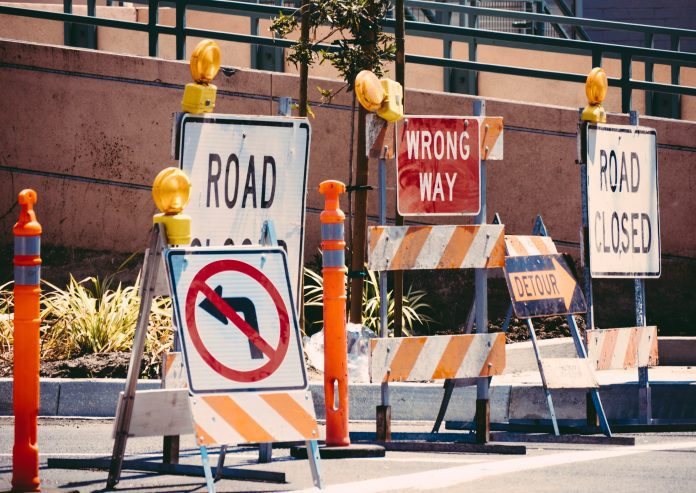My family and I drove to Florida a few days ago to visit a client and enjoy the warm weather. We had planned our trip, knew the fastest route, and where we would switch drivers. But a few hours into our trip, we discovered that the main bridge over the Mississippi River was closed for construction, so we had to detour around the north side of Memphis. Detours are also part of investing, and on this anniversary of the pandemic market crash, many well-thought-out investments and retirement plans were altered.
It has been just over four years since the pandemic market low. It began when the World Health Organization declared COVID-19 a pandemic on March 11, 2020. The next day, the S&P 500 dropped by 9.5%, starting a difficult stretch of negative days leading to the March 23 pandemic low.
Four years ago, everything looked hopeless—not just the market but every aspect of our lives. We were worried about our families, our jobs, and our money. There was a lot of fear and loneliness as we isolated ourselves in our houses, and we watched with shock as the global economy came to a standstill.
The markets have more than recovered. On the fourth anniversary of the pandemic, the S&P 500 had a four-year annualized return of 25%. Now that the market has more than rebounded, it seems like a good time to see what investment lessons we can learn from those crazy days.
The first lesson is don’t overreact.
Regardless of how terrible things look, don’t make emotional knee-jerk decisions. Long-term investors who stay invested win because the stock market and capitalism, in general, are incredibly strong and resilient. To further the point, if a person had stayed fully invested in the S&P 500 from January 1995 until December 2023 (which was 29 years with some crazy times such as the Dot.com Bubble, 911, the Great Recession, and the COVID-19 pandemic), they would have an average growth rate of almost 11%. This type of return typically doubles an account about every seven years. Don’t panic and stay in the market.
The second lesson learned in the last four years is timeless: keep diversifying your investments.
Not all stocks fell or rebounded the same. The top-performing sectors were energy (+290%) and technology (+212.3%), but real estate (+53%) and utilities (+42.5%) were the worst-performing sectors. Since the pandemic low, 35 stocks in the S&P index have declined, while 286 have at least doubled (source: Bespoke). Hindsight is 20/20, so looking back and saying how you should have invested is easy. However, knowing how the future will take shape is difficult, which is why diversification is so important. You can take a few gambles on some stocks you think might be home runs. Still, the majority of your investments should be spread out among several stocks throughout several areas of the economy.
Conclusion
The bridge closure altered our plans but didn’t destroy them because we didn’t overreact. We never considered turning around and canceling the trip until conditions were better. No, we kept our heads, took the unexpected in stride, and continued down the road.
If we have learned anything from the COVID-19 mess, it is not to overreact. Investment-wise, there will be more crises in the future, possibly even in the near future. But as the great Warren Buffett teaches, a big market drop should make long-term investors buyers, not sellers.
Have a blessed week!
Dr. Richard Baker, AIF®, is the founder and executive wealth advisor at Fervent Wealth Management.
Securities and advisory services offered through LPL Financial, a registered investment advisor, Member FINRA/SIPC.
Opinions voiced above are for general information only & not intended as specific advice or recommendations for any person. All performance cited is historical & is no guarantee of future results. All indices are unmanaged and may not be invested directly.
The economic forecast outlined in this material may not develop as predicted & there can be no guarantee that strategies promoted will be successful.
Fervent Wealth Management is a financial management and services entity in Springfield, Missouri.















